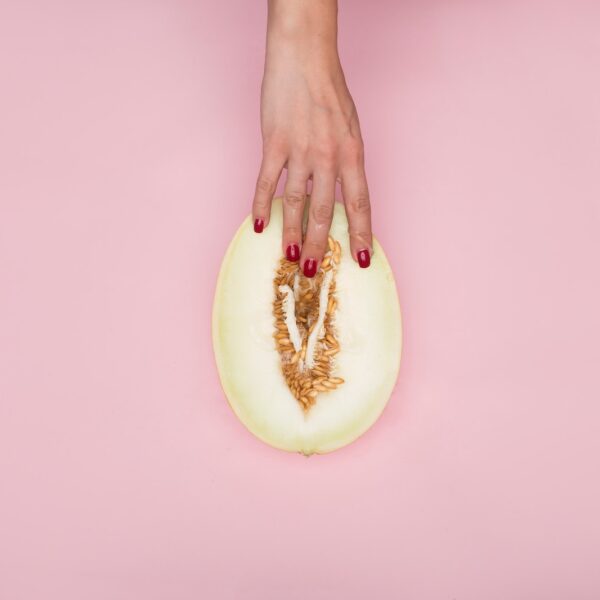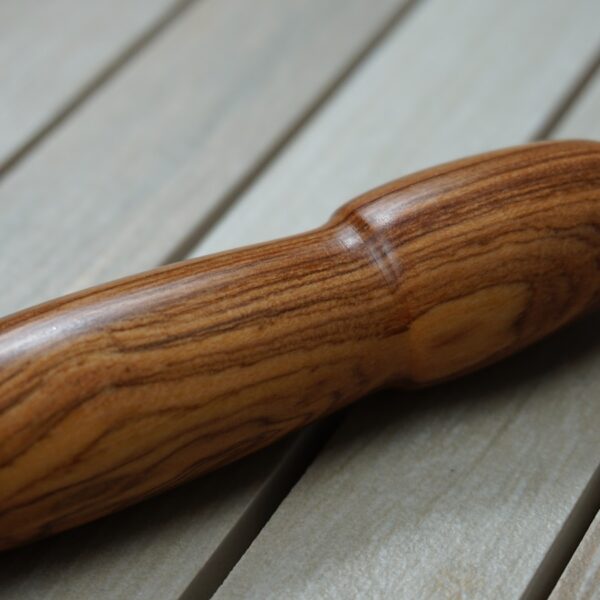Pimples are a nightmare for many of us, but they can be especially irritating when they appear in a sensitive area like your labia. Pimples can be caused by clogged pores all over the body, and genital acne looks like tender red pimples that are often filled with pus.
Avoid squeezing or popping these bumps, which can spread bacteria and cause infection in the sensitive area. Instead, allow them to rupture naturally or seek treatment from a doctor.
1. Cleanse
Pimples are clogged skin pores filled with bacteria, sweat, and oil. They can occur anywhere on the body, but are most common around the genital area. Pimples on the labia may be due to hair follicle irritation, a condition known as folliculitis. This can result from shaving, waxing, or using other forms of hair removal on the vulva. It can also be caused by ingrown hairs or a chronic condition called hidradenitis suppurativa.
In addition, the warm and moist environment of the vulva makes it a perfect breeding ground for bacteria. It is important to keep the area clean by washing it daily with mild, unperfumed soap. It is also helpful to wear loose and comfortable clothing that allows the area to breathe, and change out of sweaty garments immediately.
It is also important to avoid squeezing or popping a vaginal pimple, as this can spread bacteria and cause further irritation. Instead, try using a warm compress on the affected area several times a day, and dry the area thoroughly before dressing. Also, if a pimple becomes painful and full of pus, contact a healthcare provider.
2. Apply a mixture of corn starch and warm water
Pimples are a pain in any spot, but it’s especially annoying to wake up with a zit on your labia (or your bikini area for you ladies). With the media constantly pushing unrealistic beauty standards that prioritize blemish-free skin, a breakout in the vagina is often regarded as a major embarrassment.
However, despite the way it’s portrayed in popular culture, pimples on the vulva and labia are not uncommon. In fact, they can be caused by the same things that lead to acne on other parts of the body. This includes clogged hair follicles, sweat glands, and a condition called Bartholin cysts.
If you notice any of these symptoms, see a doctor right away. They will be able to determine whether the bumps are actually a form of acne or if they’re a symptom of something else, like a sexually transmitted disease. They may also prescribe an antibiotic or a topical medication to treat the issue. However, most of the time, the pimples will resolve on their own with a little bit of patience.
3. Apply a mixture of baking soda and water
Pimples can pop up anywhere on your body. And while it may be a bit embarrassing to have one down there, the good news is that it’s totally normal. In fact, it can indicate a few different things, including genital acne, ingrown hairs, or an STI. We spoke to two derms and an OBGYN to learn more about what’s really going on with those mysterious bumps down there.
Pimple-like breakouts in the vulva are called “vulvar acne,” and they can appear as comedones (much like blackheads), papules, pustules, or cysts. They may also be caused by contact dermatitis, which can be triggered by products, creams, laundry soap, sanitary pads, feminine wipes, perfume, or tight clothing—especially spandex or other stretchy materials.
Whatever the cause, it’s important not to pick at them or try to pop them. This can increase the likelihood of infection and lead to more serious problems down the line. Instead, you can soothe the area and encourage healing by applying a warm compress to the affected skin. For this, you can simply soak a towel in warm water and wring it out before applying the compress to the skin with gentle pressure.
4. Apply a mixture of lemon juice and water
You might be tempted to ignore pimples in your vulva, but a breakout down there is nothing to be embarrassed about. Breakouts aren’t just a problem for teenagers — they can happen to anyone. Fortunately, a breakout “down there” is usually a lot less severe than a pimple on your face. Bumps that resemble acne in the vulva are often called folliculitis, which is essentially hair follicle inflammation. These lesions can look like blackheads, papules, or pus-filled cysts. They might also resemble herpes or genital warts, which are caused by human papillomavirus and herpes simplex virus, respectively.
Often, the follicles and sweat glands near your genitals are prone to dirt buildup, just like any other area of the body with hair and sweat. A common cause of vulvar acne is irritant contact dermatitis or allergic contact dermatitis, which can result from using certain hygiene products or being exposed to chemicals in the environment.
If you have a painful, pus-filled bump that doesn’t appear to be resolving on its own, consult your doctor. The bumps might need to be drained by a doctor to prevent infection or scarring. If your bumps recur, talk to your dermatologist about avoiding irritants or using topical medications or antihistamines to treat allergies.
5. Apply a mixture of honey and water
When it comes to treating pimples on the labia, there are a few things to keep in mind. First, don’t pop the pimples. This can spread bacteria and lead to infection in this sensitive area. Instead, apply a warm compress several times a day to ease the discomfort.
Also, it’s important to avoid using too much lotion in the genital area as this can cause more friction and clog pores. Instead, try using a gentle soap that has natural antibacterial ingredients. A soap that contains a combination of oregano oil and tea tree oil is ideal for removing harmful bacteria from the skin, recommends Dunston.
Another way to treat vaginal acne is to use an exfoliating agent to clear out the pores. A scrub that is made from coconut, lemon juice or honey is a great option. Then, rinse the area with water to get rid of any remaining debris. Finally, use a moisturizing cream that contains jojoba or tamanu oils to soothe and moisturize the skin. This will help to prevent breakouts and reduce inflammation.




Leave a Comment